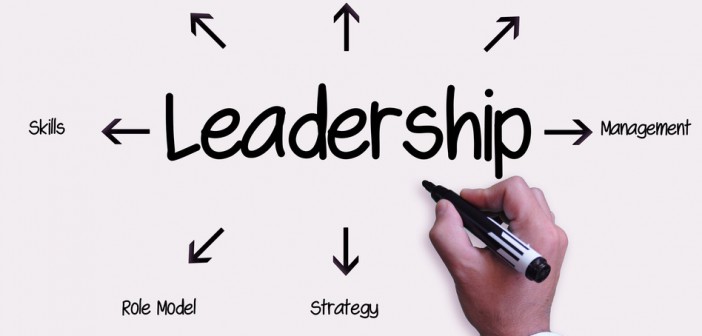. . . is a bunch of “fluff”, think again! I read an article in HBR recently, “Why Leadership Development Has to Happen on the Job”. The article talks about a leadership meeting that was planned at Twitter for its 100 top global leaders. The “content” of the gathering was to discuss the strategic direction of the company and get alignment as a leadership team. But the day before the meeting, there was a leak of several executive departures -this dramatically changed the “context” they were operating in. Since the “content” was set (which I’m sure took dozens of hours to prepare) Twitter could have moved forward with the original agenda but chose to change course based on the “context” change. According to the writer this proved to be one of the most inspiring meetings she had ever attended and in turn felt she was “better prepared to provide context to her team about the challenges and opportunities ahead and to inspire them in turn.”
The context we operate in is changing every day. New technology, globalization, digitization, IoT, political landscape, economic downturn / recovery, climate change, sustainability, increasing competition, etc. these are all factors that can and do change our context. Thus, this notion of contextual leadership has emerged. At its core, leaders need to adapt quickly (in the moment) to contextual change and in turn help their people understand the new challenges and / or opportunities so they can address them in the moment as well. A leaders’ primary role MUST be about helping their organization adapt to context change. But many leaders are ill equipped to play that role because frankly they just don’t know how.
In an article in Forbes, Developing Contextual Leaders, the author notes that “Today, leadership is less about being the best than creating a context in which others can succeed”. Through her research she defines four key roles of contextual leadership:
- Building the organization’s collaborative infrastructure – finding ways to increase the flow of information and IDEAS throughout the company
- Disrupting with diversity – not just supporting but driving diverse perspectives and points of view, ensuring a continuous infusion of new ideas
- Asking questions – continuously challenging the status quo to seek innovation
- Inspiring commitment – understanding and conveying what makes being part of your organization special and what you need to do in return to gain commitment
Both articles talk about the fact that traditional leadership development programs simply are not enough to develop contextual leaders. Traditional classroom training would provide some “content” to help close the competency gap but this really requires on the job experiences and creating a learning environment through which these gaps can be closed. Here are a few suggestions:
- Cross functional assignments – force collaboration. Leaders need to build relationships across the company to be able to quickly react to changes in the business. Building trust-based relationships helps emerging leaders to understand how important networking and connections are in today’s world
- Provide stretch assignments – provide a safe environment where trying new things is encouraged and failure is used as a learning opportunity
- Bring them into key decisions – provide opportunities for new leaders to ask the tough questions and challenge current thinking to build problem solving skills
- Ask new leaders to come up with an initiative that will improve the work environment for employees (it can be anything)
These are just a few quick suggestions. We need our future leaders to think more broadly then they have in the past. We need to make the leader role not only valuable to the organization but also exciting for the individual. Think about contextual leadership as a way to help our organizations work more effectively under a forever changing context . . . . .
Let us know what you think and join in the conversation.


2 Comments
Pingback: Recruiters – Get Out of the Box - News You Can Use
Pingback: Do You Know the Difference Between Strategic Sourcing and Category Management – Create a Fail-Safe Environment - News You Can Use